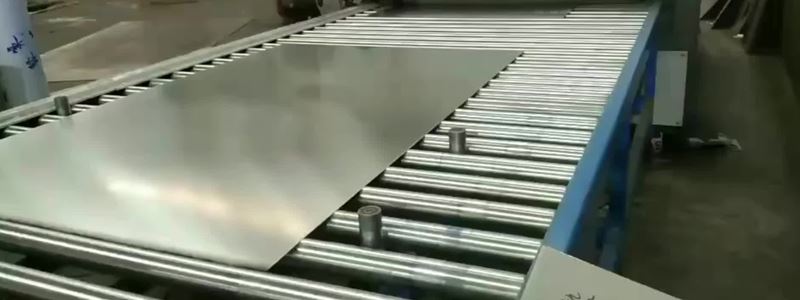What Is Stainless Steel?

An Introduction to the World’s Most Popular Metal
Stainless steel is a general word that refers to a wide range of steel kinds. Stainless steel, like all other types of steel, is manufactured largely from iron and carbon in a two-step process. The inclusion of chromium (Cr) and other alloying elements such as nickel (Ni) to create a corrosion-resistant product is what distinguishes stainless steel. Because iron, the metal used to produce steel, occurs naturally in conjunction with other elements, it corrodes. When iron ore is purified artificially to create steel, it becomes unstable and easily recombines with oxygen.
There are more than 100 different grades of stainless steel but they can be grouped into five major types:
Austenitic – The most common kind of stainless steel is austenitic. It possesses strong corrosion and heat resistance, as well as good mechanical characteristics across a wide temperature range. Housewares, industrial pipes and vessels, building, and architectural facades all employ austenitic steel.
Ferritic – Ferritic stainless steel has characteristics comparable to mild steel (the most common steel), but it is more resistant to corrosion, heat, and cracking. Washing machines, boilers, and indoor architecture all employ ferritic steel.
Martensitic – Although martensitic stainless steel is extremely hard and robust, it is not as corrosion resistant as austenitic or ferritic grades. Knives and turbine blades are made from it, which has a chromium content of around 13%.
Duplex – Duplex stainless steel is a combination of austenitic and ferritic steels that gives it both strength and flexibility. Paper, pulp, shipbuilding, and petrochemical sectors all utilise duplex steels. For a wider variety of applications, newer duplex grades are being produced.
Precipitation Hardening – Precipitation hardening stainless steels are martensitic or semi-austenitic steels with a martensitic or semi-austenitic structure. With the inclusion of metals like aluminium, copper, and niobium, these steels are produced to be exceptionally strong.